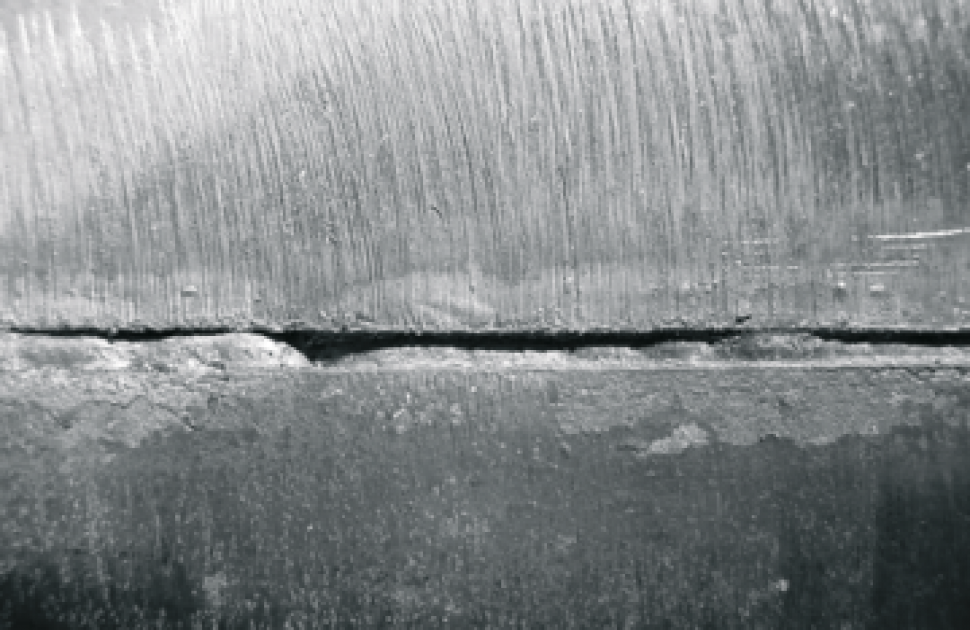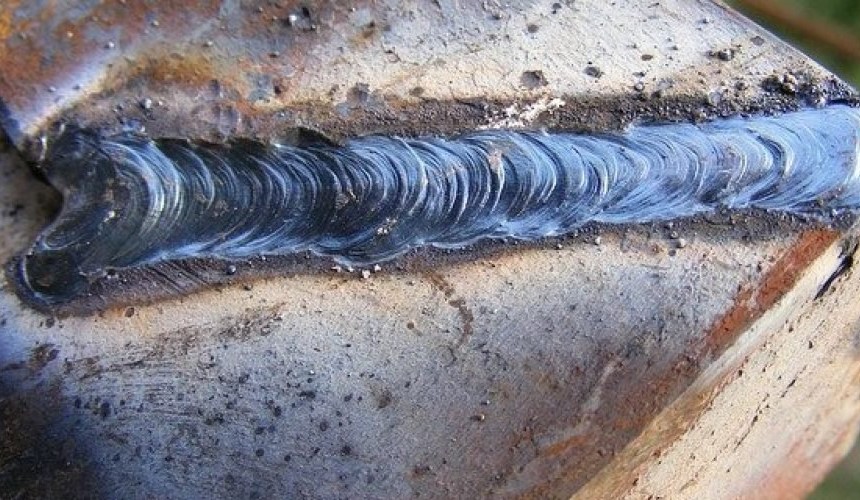Just How to Prevent Weld Undercut: Crucial Tips for Welders
Just How to Prevent Weld Undercut: Crucial Tips for Welders
Blog Article
A Comprehensive Overview to Identifying, Stopping, and Dealing With Undercut Welding Troubles in Your Welding Jobs
In the realm of welding, coming across undercut concerns is a typical challenge that can endanger the architectural stability and total top quality of your welding tasks. Stay tuned as we check out the crucial elements of recognizing, stopping, and fixing undercut welding troubles, giving you with valuable understandings and strategies to boost your welding skills to the following level.
Typical Reasons For Undercut Welding
Undercut welding, an usual problem in welding processes, can be caused by numerous factors that need to be carefully determined and resolved to ensure the honesty of the weld joint. One of the main root causes of undercut welding is extreme warm input. When the welding specifications, such as voltage, existing, or travel rate, are not correctly established, an excessive amount of warmth can be produced. This excess heat brings about the melting and succeeding removal of the base material along the sides of the weld joint, producing a groove referred to as undercut.
One more usual reason for undercut welding is improper welding technique. Inadequate manipulation of the welding lantern or weapon, wrong angle or range in between the lantern and the work surface, or irregular travel rate can all add to the development of undercut. Furthermore, using the wrong welding consumables or electrode size for a particular joint setup can lead to undercut issues. Determining these source and implementing rehabilitative steps is necessary in avoiding and remedying undercut welding issues in welding projects.
Identifying Undercut in Welds

To recognize undercut precisely, proper lights and magnification devices are vital to inspect the weld joint completely. Utilizing devices such as a welding gauge or a magnifying glass can help in identifying even the smallest undercut blemishes. In addition, running a finger or a finger nail along the weld joint can occasionally expose undercut, as the surface might really feel irregular or have a dip where the undercut exists.
Safety Nets for Undercut
Having a deep understanding of the causes of undercut in welds allows for the application of reliable preventative steps to keep weld quality and honesty. One essential preventive step is correct weld joint prep work. Making sure that the edges are tidy, without pollutants, and properly beveled can substantially decrease the possibility of undercut (Preventing weld undercut). In addition, choosing the appropriate welding criteria, such as voltage, current, and take a trip rate, is necessary. These setups should be optimized to stop extreme heat input, which can lead to undercut development.

Techniques for Taking Care Of Undercut

Raising the welding current or reducing Continued the traveling rate can aid load in the undercut. Additionally, altering the welding strategy from a push to a drag or vice versa can also aid reduce undercut.
Another method is to utilize a weaving motion while welding to guarantee proper sidewall blend and fill in the undercut. By oscillating the welding arc back and forth within the weld joint, the welder can transfer extra filler material into the undercut locations, efficiently getting rid of the defect.
Moreover, grinding out the undercut and rewelding the joint can be a sensible remedy for much more extreme undercut problems - Preventing weld undercut. This procedure includes getting rid of the undercut area, preparing the base metal, and after that rewelding the joint with correct welding parameters and strategies to avoid undercut from reoccurring

Expert Tips for Staying Clear Of Undercut
Using appropriate welding strategies and maintaining control over vital welding specifications are essential approaches for welders intending to prevent undercut in their weld joints. One specialist idea for preventing undercut is to make sure proper joint preparation. This entails cleansing the base metal completely to eliminate any impurities that can lead to undercut development. Furthermore, picking the ideal welding process and filler steel for look these up the details application can help avoid undercut. Welders need to also pay close focus to the welding current and voltage setups, ensuring they are within the recommended range to prevent getting too hot and possible undercut. Maintaining a consistent travel rate during the welding process is one more important tip to stop undercut. By relocating at a steady pace, welders can ensure proper blend and reduce the chance of undercut formation. Lastly, checking the weld grain after completion can help determine any type of indications of undercut beforehand, permitting for instant corrective activity to be taken.
Final Thought
Finally, recognizing, avoiding, and dealing with undercut welding troubles in your welding jobs is crucial for guaranteeing strong and resilient welds. Preventing weld undercut. By recognizing the common root causes of undercut, being able to determine it in welds, executing precautionary measures, and using proper techniques for repairing undercut, you can prevent prospective problems and develop top notch welds. Following specialist ideas for preventing undercut can aid you enhance your welding abilities and produce far better cause your tasks
Undercut welding, an usual issue in welding procedures, can be caused by various variables that need to be thoroughly identified and dealt with to make certain the honesty of the weld joint. Furthermore, running a finger or a finger nail along the weld joint can often disclose undercut, as the surface area might feel uneven or have a dip where the undercut exists.
Using correct welding strategies and maintaining control over essential read this welding specifications are critical methods for welders aiming to prevent undercut in their weld joints.In final thought, recognizing, preventing, and repairing undercut welding problems in your welding projects is important for making certain strong and long lasting welds. By recognizing the typical causes of undercut, being able to determine it in welds, executing precautionary measures, and utilizing proper methods for repairing undercut, you can avoid possible problems and produce top quality welds.
Report this page